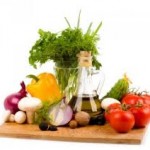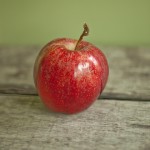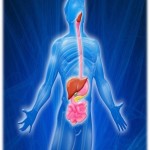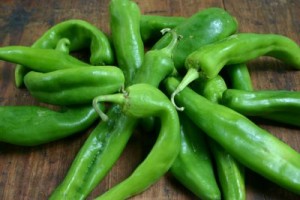Positive Aging is A Way of Being!
We all know that we are getting older by the minute. I believe that our ability to age as healthy, energetic, loving and happy people is a matter of basic education. We are bio-individuals; one size does not fit all. It’s like a game or a maze that we have to solve for ourselves if our lifestyle choices are to be sustainable, enjoyable and positive.
Understanding that our food really is what heals or harms our bodies, here are a few guidelines that I recommend to all of my clients:
1. Stay hydrated with filtered water. Avoid bottled water. (put a link to water filter site here)
2. Use fresh, organic, locally grown food whenever possible.
3. Eat at least 50% of your food in raw form to ensure you are getting more nutrients such as antioxidants, flavonoids, vitamins and minerals.
4. Reduce or eliminate gluten to reduce inflammation. Inflammation is the root cause of ALL disease.
5. Eliminate all artificial sweeteners, MSG, and other chemicals. Read labels. Beware of any packaged, bottled or processed food that contains more than six ingredients.
6. Choose your supplements well; they are not created equally.
7. Eat slowly and mindfully. Enjoy.
Look for my E-book on Positive Aging coming soon!
Our Tower Garden 8-20-2013











